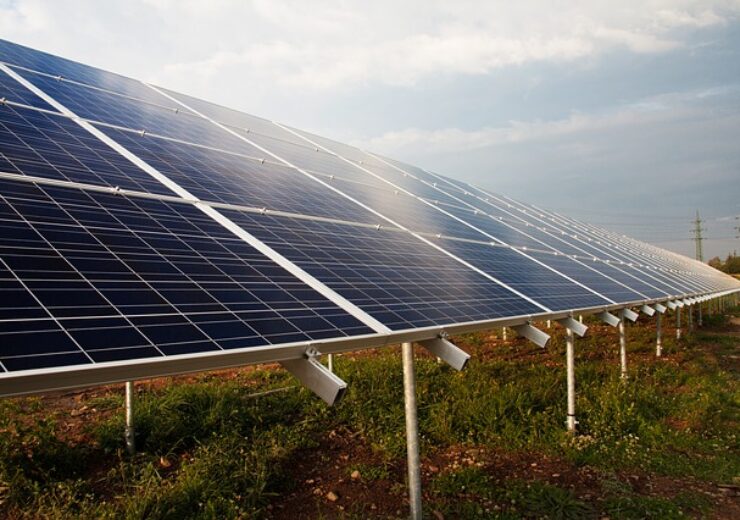The projects will help to shutdown the only coal-fired power plant in Oahu and an oil-fired facility on Maui

Hawaiian Electric seeks PUC approval for eight solar and storage projects. (Credit: PublicDomainPictures from Pixabay.)
Hawaiian Electric Industries’ subsidiary, Hawaiian Electric is seeking regulatory approval for eight new renewable energy and storage projects in O’ahu and Maui.
The company has submitted the contracts for review and approval with the Hawaii Public Utilities Commission (PUC).
The six projects in O’ahu and the two in Maui, all are part of second phase of Hawaiian Electric’s renewable procurement programme that started in February 2018.
The eight contracts which are submitted for regulatory review are about 300MW of new renewable projects and nearly 2,000MWh of energy storage capacity.
The projects include 60MW Kupehau Solar and 120MW Mahi Solar in Kunia, 30MW Waiawa Phase 2 Solar in Waiawa and 7MW Mountain View Dairy Solar in Waiʻanae.
It also include 15MW Barbers Point Solar in Kalaeloa, 40MW Pulehu Solar in Pūlehu and 20MW Kahana Solar in Nāpili-Honokōwai.
The solar and storage projects will begin operations in 2022 and 2023
All the eight projects are planned to commence operations in 2022 and 2023 and are expected to provide generation and storage capacity required to shutdown the only coal-fired power plant in Oahu and an oil-fired facility on Maui.
The 180MW coal-fired power plant Campbell Industrial Park, which is owned by AES will be retired by September 2022 and the Kahului oil-fired plant in 2024.
Hawaiian Electric said that if the projects are completed on schedule, they will add nearly 9% to its renewable portfolio on the five islands the company serves.
Earlier, the company has also submitted two standalone energy storage projects on Maui and Hawai’i Island for regulatory review.
In May this year, Hawaiian Electric choose Plus Power, an American utility-scale battery energy storage developer’s 185MW/565MWh Kapolei Energy Storage project (KES) as part of its transition to renewables.
